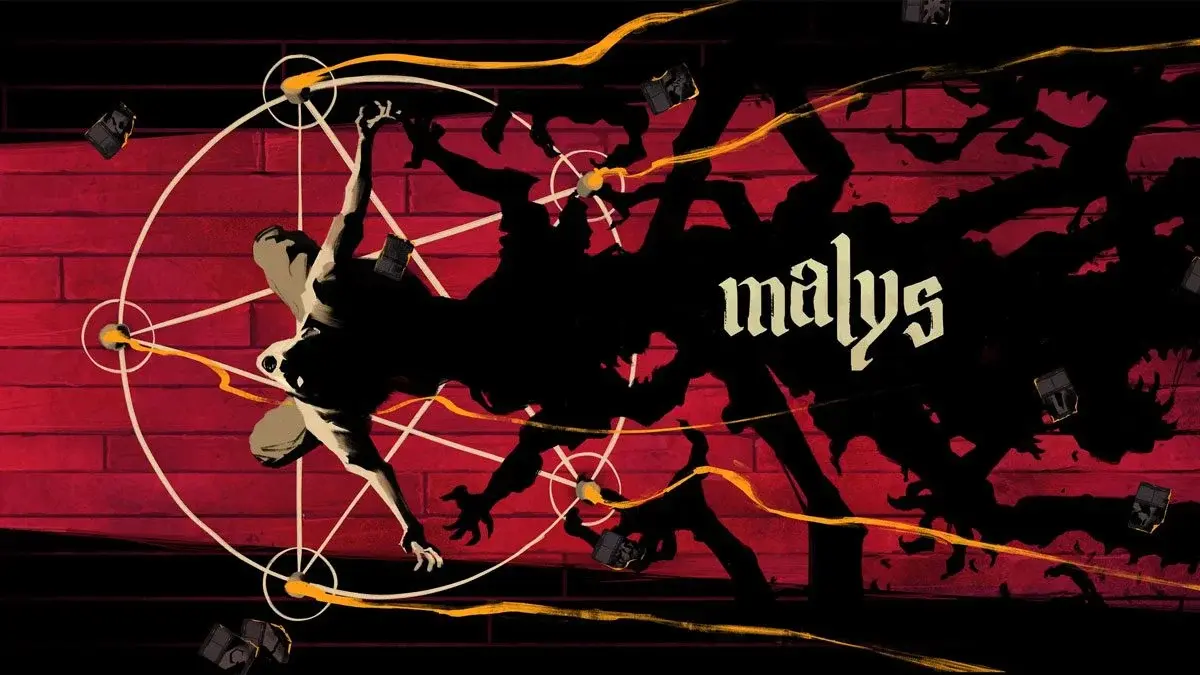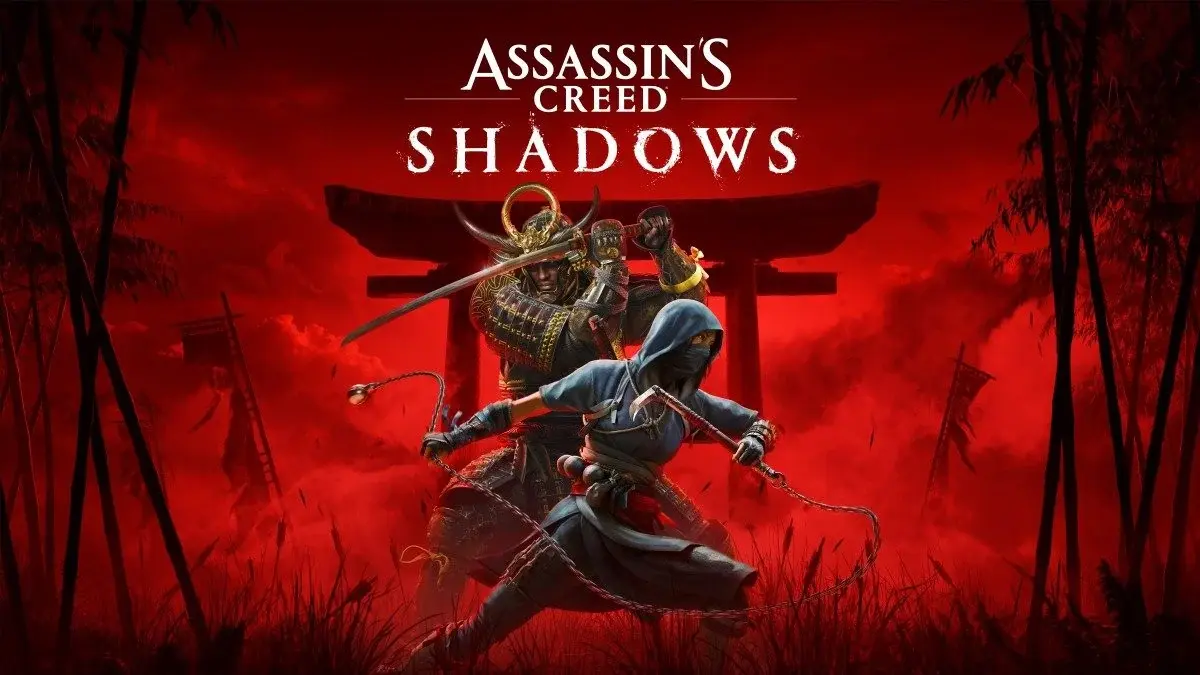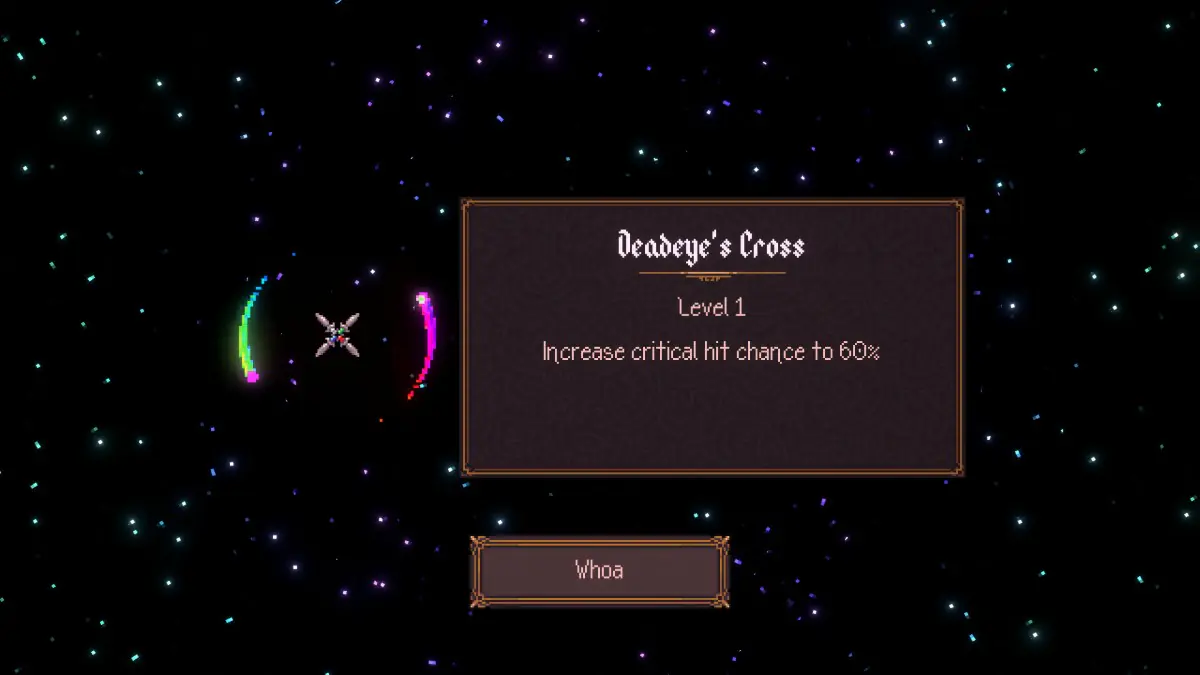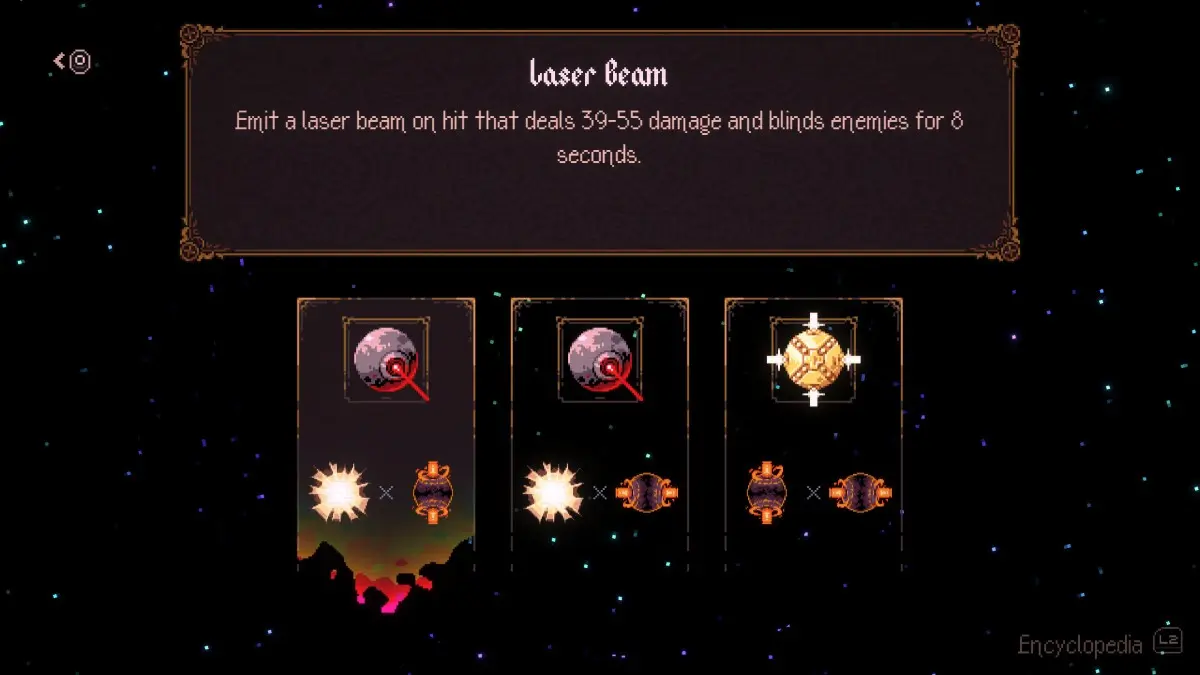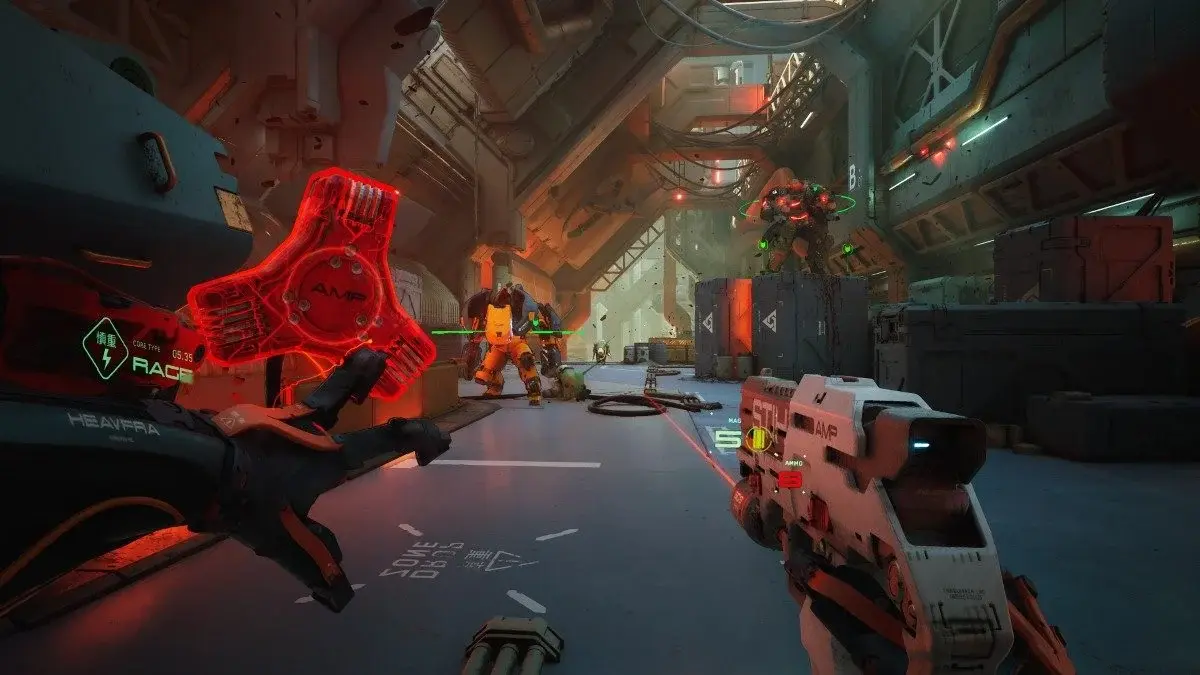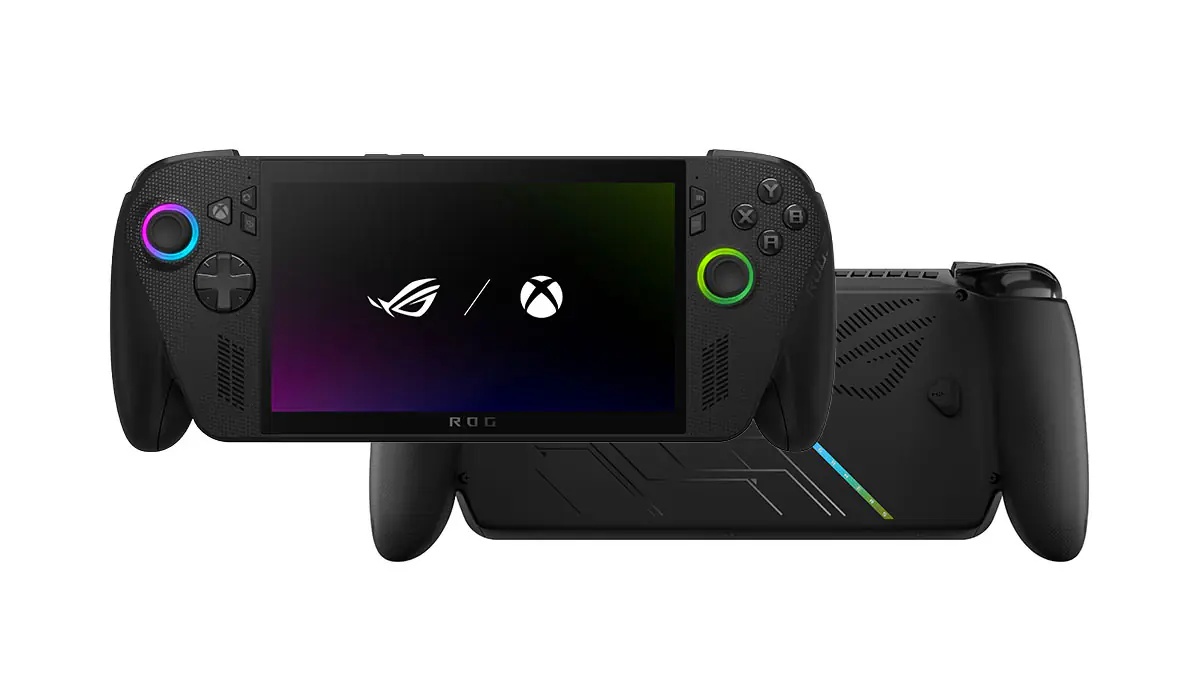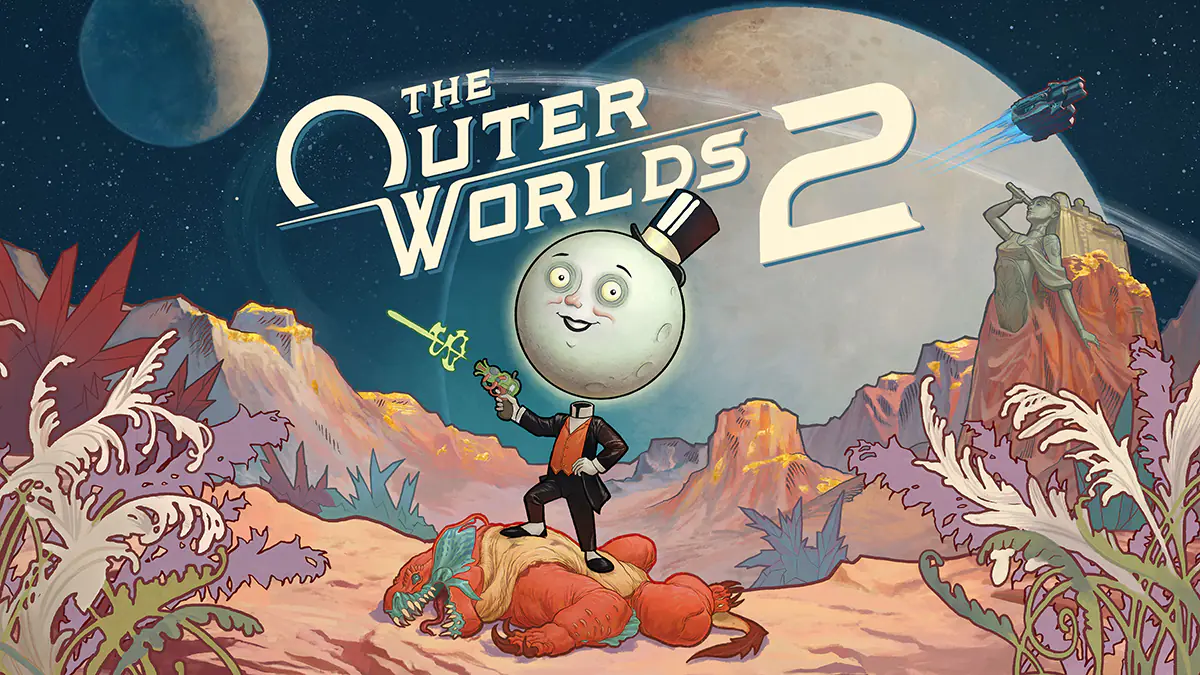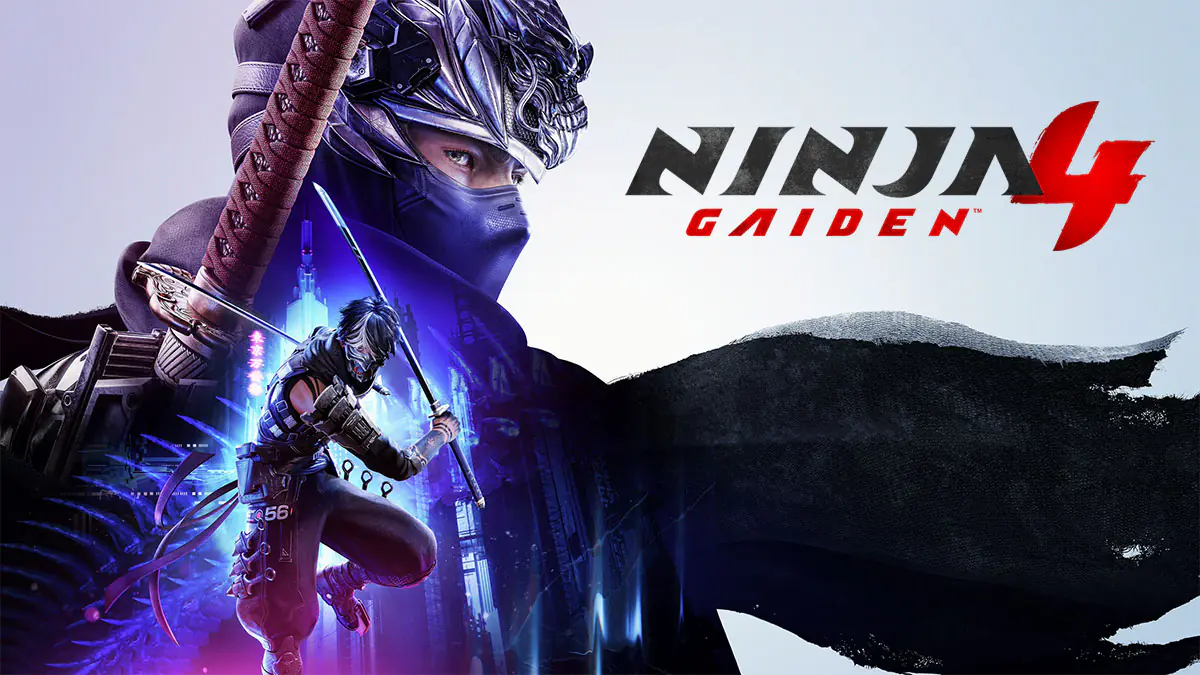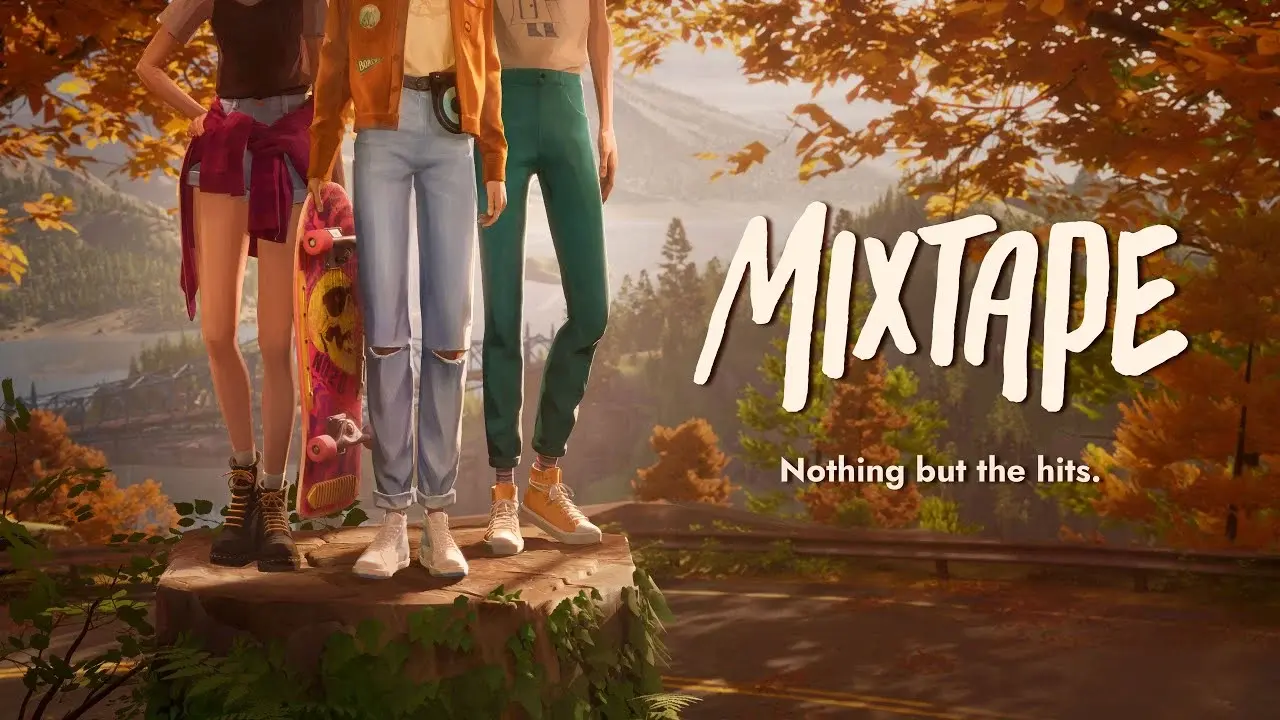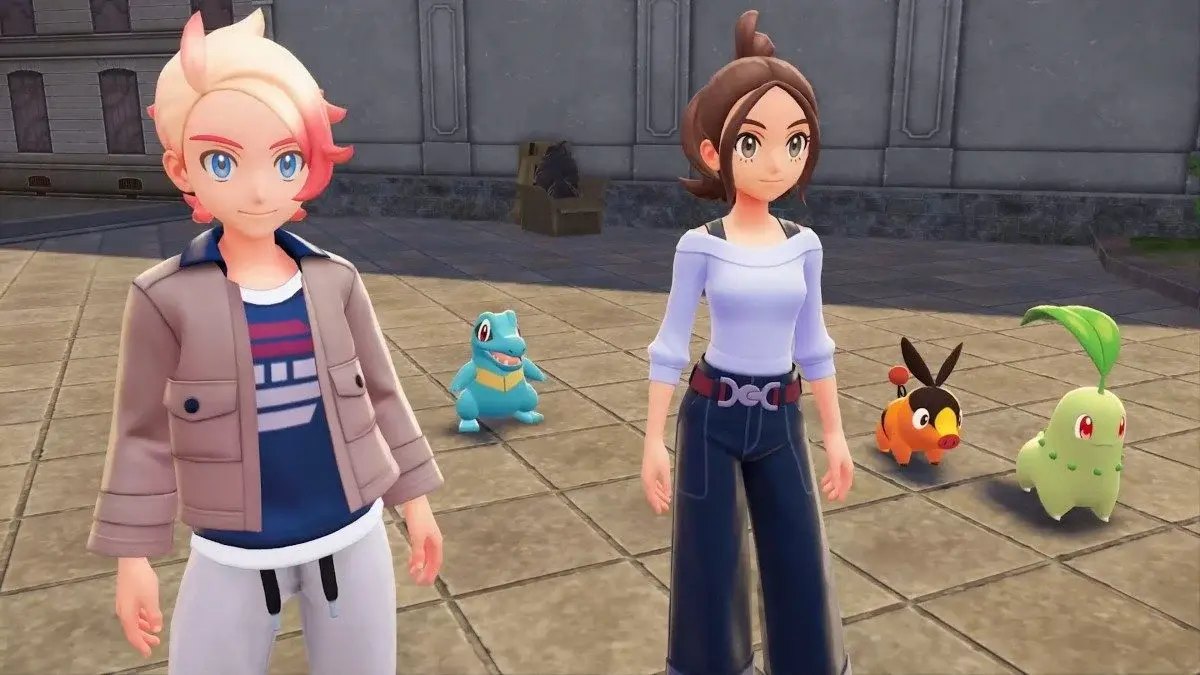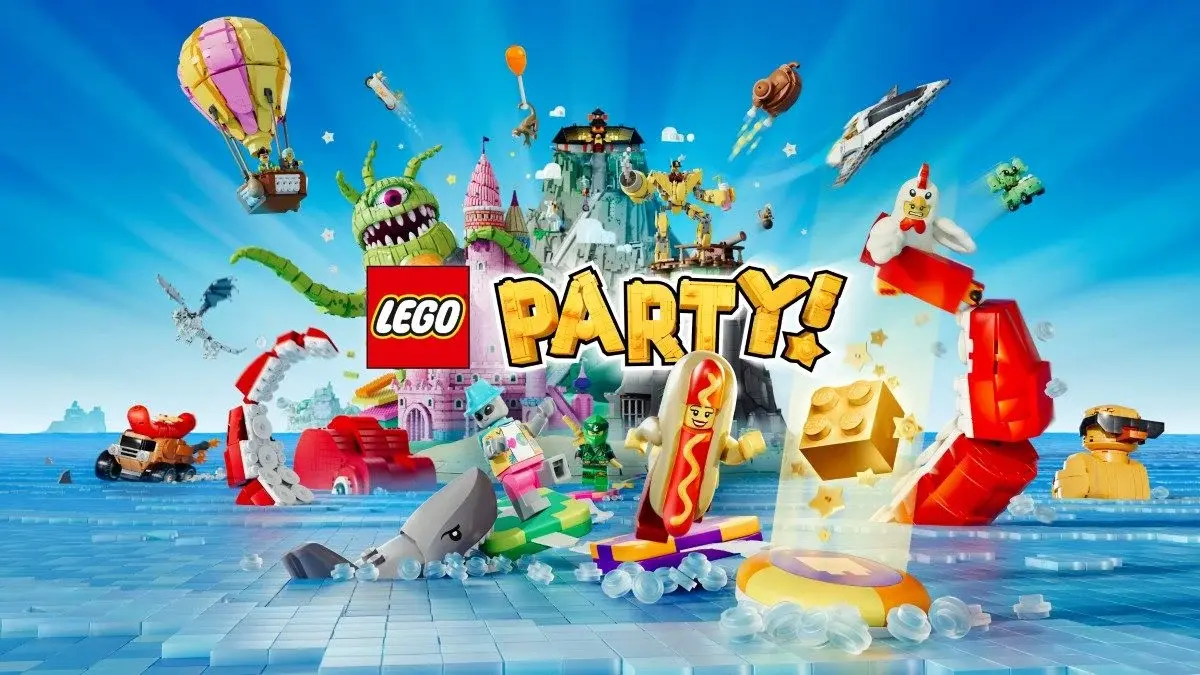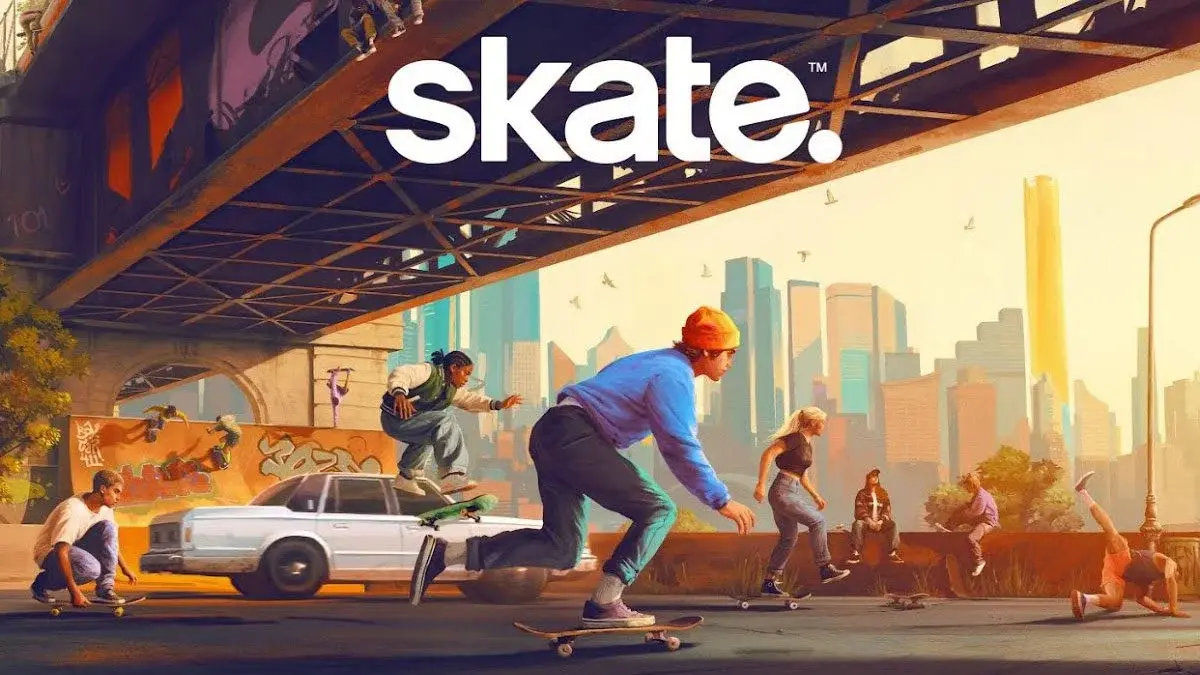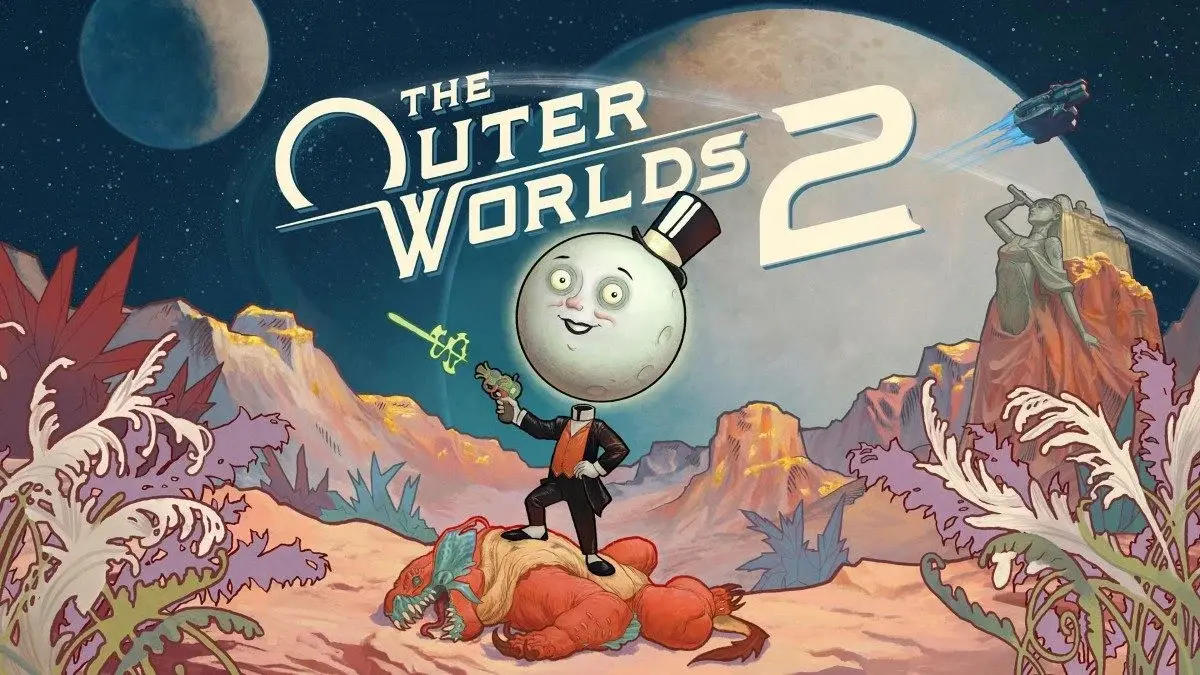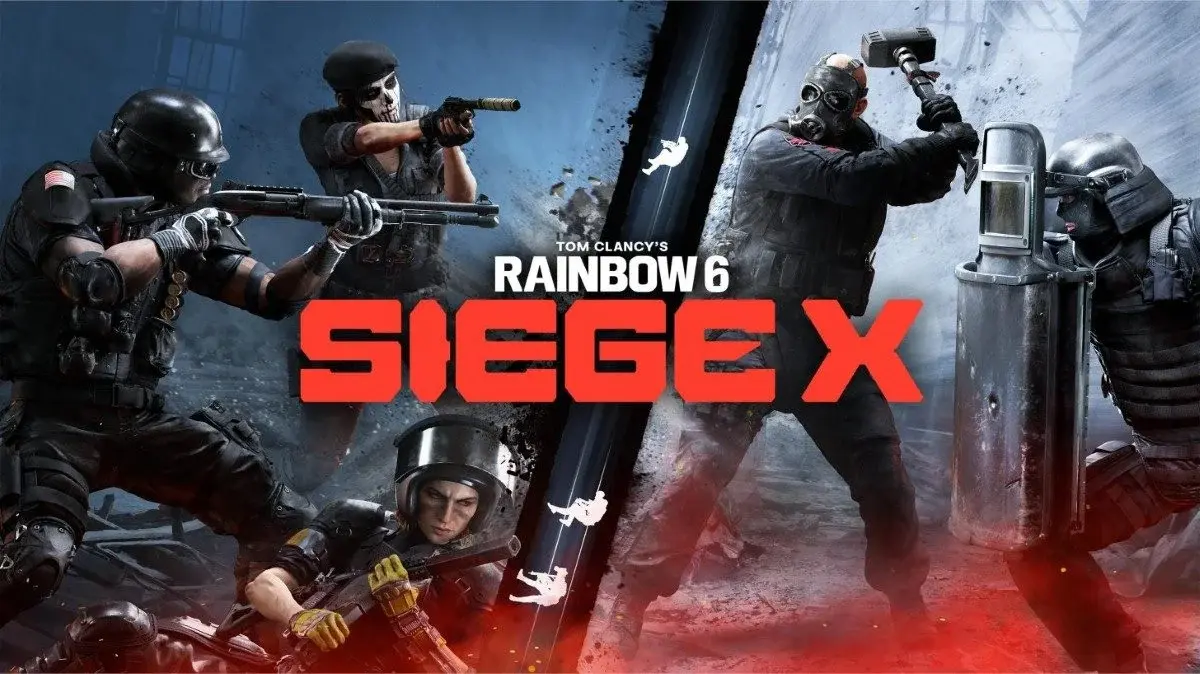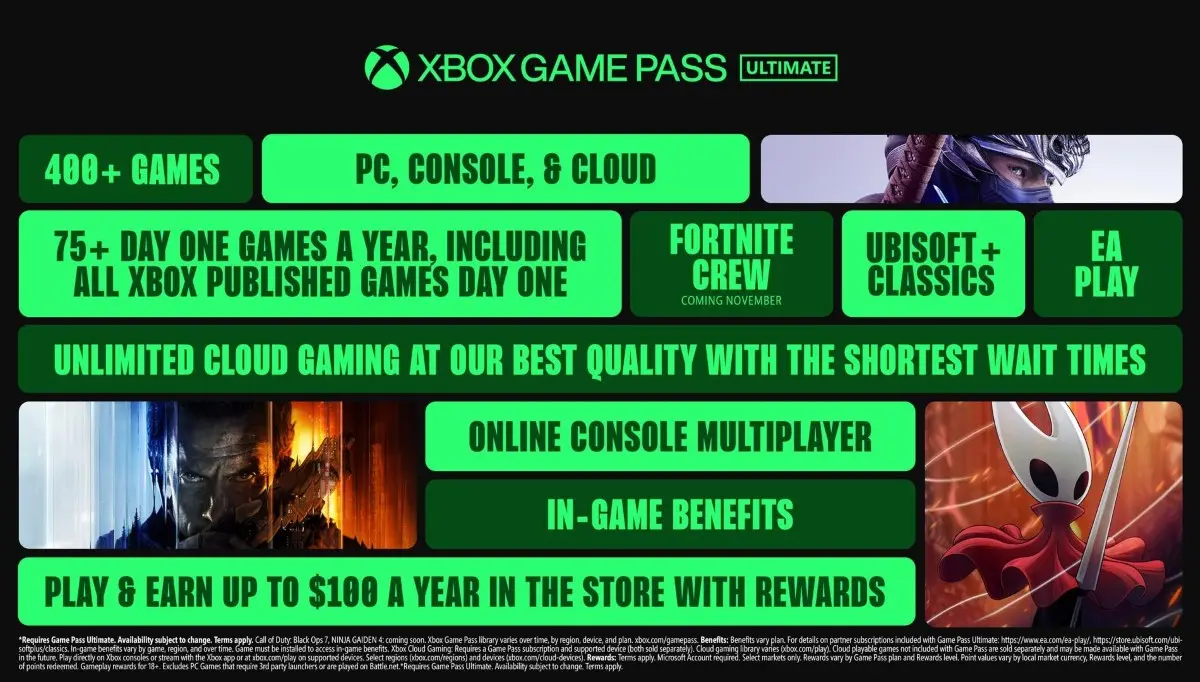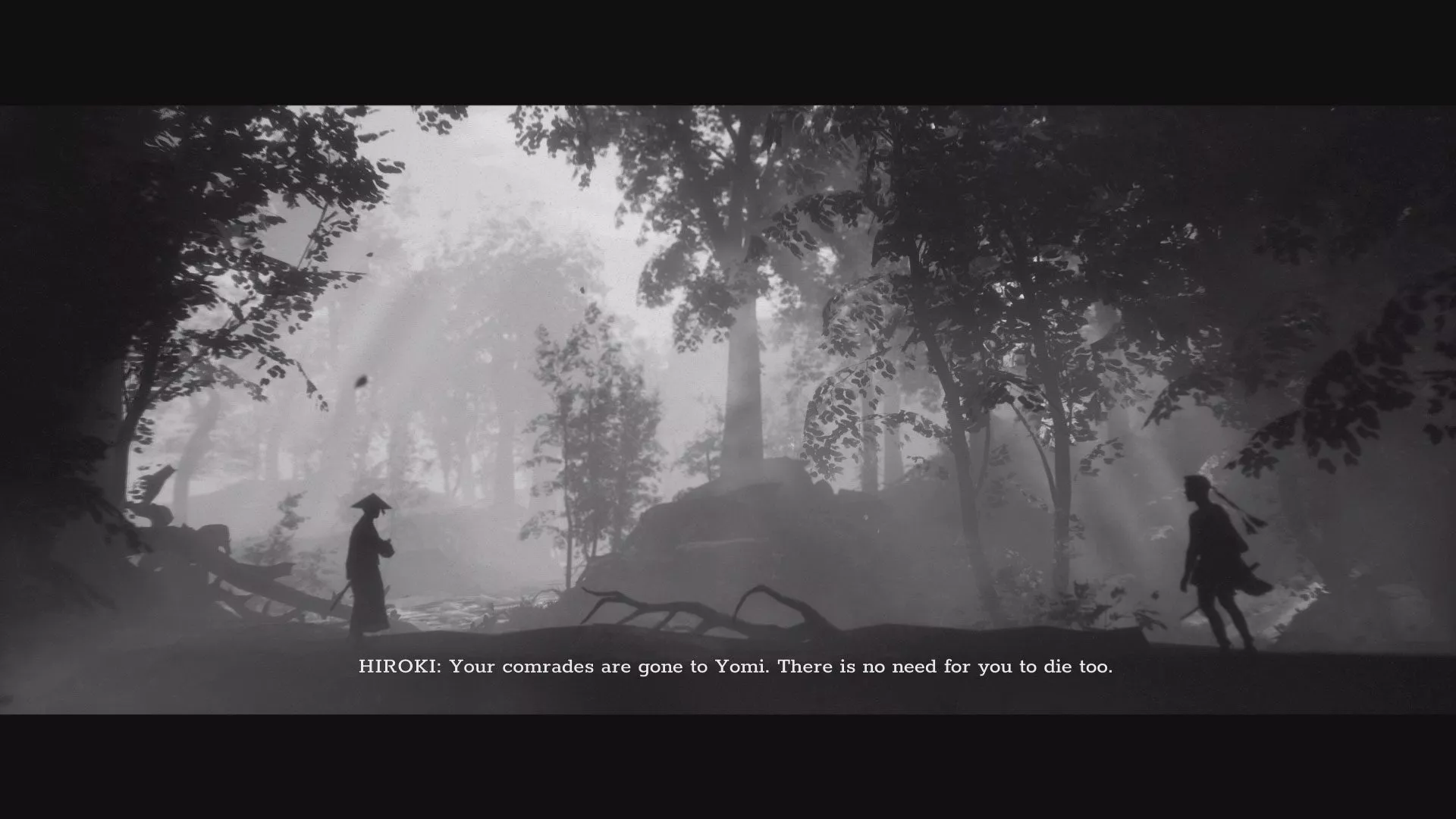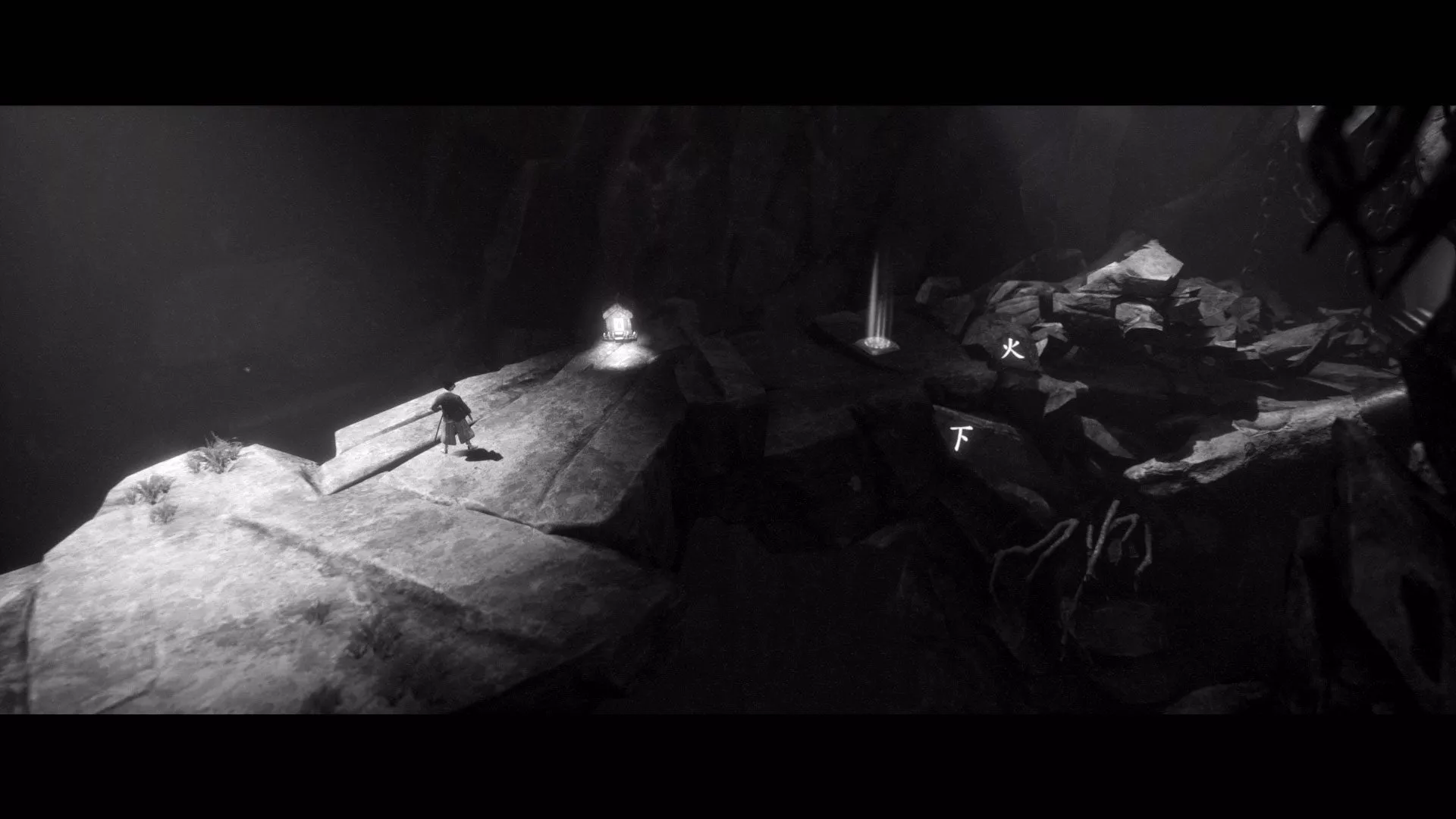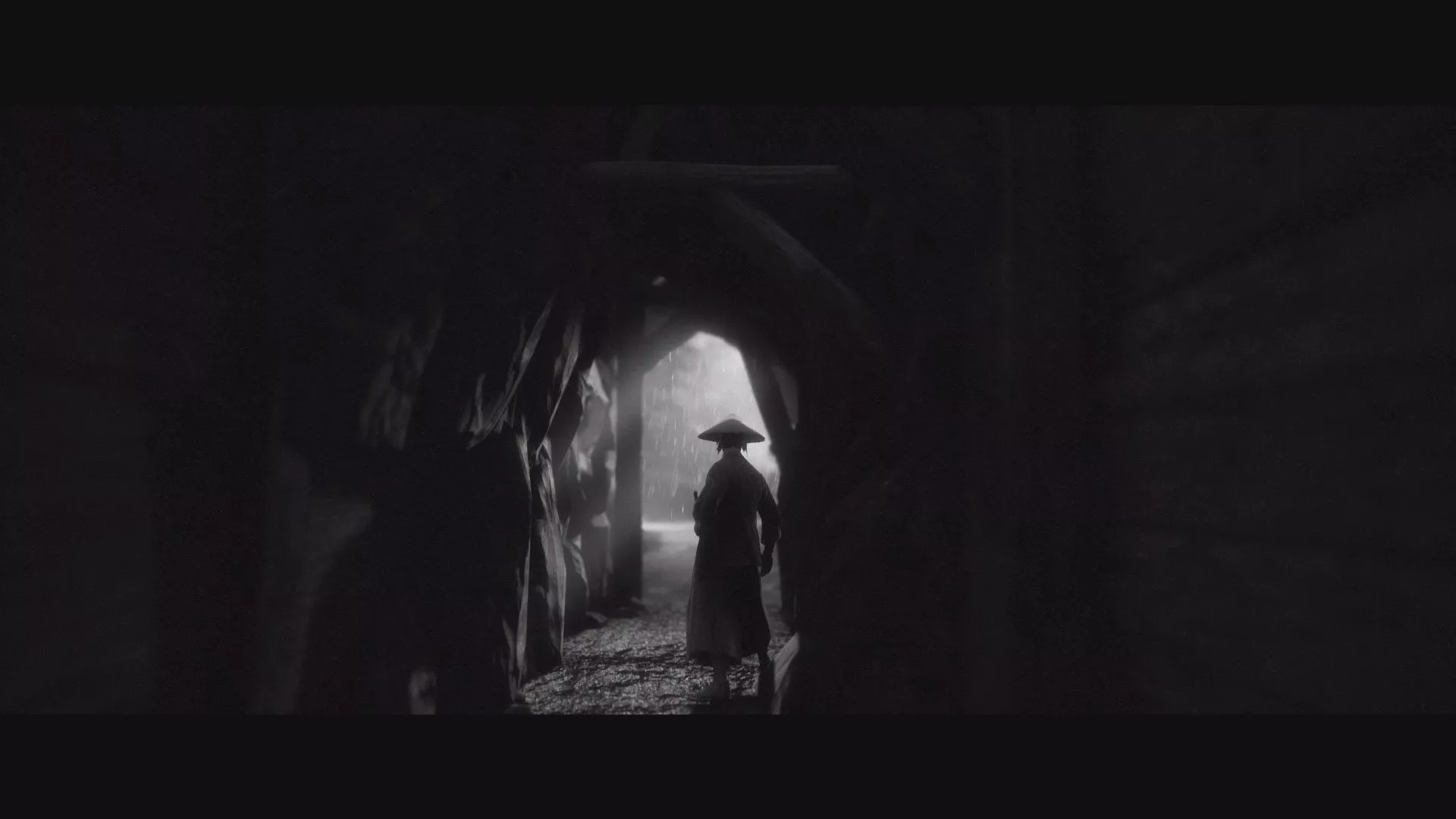Stylised... but sometimes without substance.
Trek to Yomi makes an impactful first impression, a black and white love letter to iconic Kurosawa samurai movies of the past. It oozes style, from Japanese voiceovers (dubbed in English for those who don’t understand) to dramatic cutscenes pitting our heroic samurai protagonist against the most vile of bandits, scavengers and tyrants.
While Trek to Yomi excels at drawing the player in, it struggles to retain that level of engagement and engrossment throughout.
A joint collaboration between creator Leonardo Menchiari and developer Flying Wild Hog, Trek to Yomi has a relatively simple gameplay loop. The title is essentially a side-scroller; as protagonist Hiroki, you’ll move through 3D areas but only encounter enemies on a single plane. While baddies will be able to move in an out of your attack lane, Hiroki need only concern himself with opponents to his left or right. Our samurai begins with a light attack, a heavy attack, a block and a pivot to face the opposite direction; this is quickly bolstered by combos and projectile weapons that include a bow and arrow and shuriken blades. Hiroki has a limited — yet upgradeable — amount of both health and stamina, with the latter important to both deliver blows and guard against attacks. While it could sound like an Elden Ring affair, things are decidedly more arcade-like.
Enemies come in a couple flavours, but are largely the same. Most attack with short-range blades, though some have more armour than others and take more hits to fell. Higher-level enemies possess items like a bow and arrow, while supernatural-based baddies can teleport and reposition themselves on the fighting plane or spawn additional reinforcements. Regardless of whether or not Hiroki is fighting in the real-world or in the titular Yomi — the Japanese land of the dead — there are boss enemies with large health bars awaiting you at the end of every chapter.
What follows is essentially a game of combat strategy and resource management; Hiroki is able to heal at shrines dotted throughout each of Trek to Yomi‘s chapters, so it’s a matter of using your resources to get from checkpoint to checkpoint with at least a little health left behind. Projectile ammo is generally easy to come across in most areas — though strangely overflowing in specific areas, yet sparse in others — so if you’ve got it, use it.
With three difficulty levels available from the start, players can choose to attack Trek to Yomi to simply enjoy the narrative or to require pixel-perfect blocks, parries and attacks. I chose the normal difficulty for my playthrough and found it a little too easy in areas and annoyingly cheap and frustrating in others. In the case of the latter, I’d find myself saving up devastating projectiles to use against a host of lined-up enemies only to have them shift up or down into an invalid plane of attack. I also noticed Hiroki or opponents blinking across the screen to have their attack or guard animations connect when, really, they shouldn’t have registered because they weren’t close enough to an actual hitbox. Opponents can certainly register certain attacks and automatically counter them, somehow cancelling out their previous attack animations at the same time.
More annoying than anything else, most of the combos I’d unlocked through exploration or general combat weren’t accessible to me; as an example, a notification told me I’d unlocked a four-hit light attack, though it was strangely inaccessible unless I switched over into Yomi‘s easiest difficulty. While Flying Wild Hog says that a day one patch has “fixed missing skills in Kensei difficulty,” a one-hit kill mode only available after first completing the game, I’m not sure if my specific problem has been addressed.
Issues aside, combat gets very repetitive, and very quickly. While there’s a decent narrative to be found within Trek to Yomi, it’s hidden behind oodles and oodles of goons; not every, numerous action sequence leaves you feeling like you’re the lead in the likes of Yojimbo or Kill Bill. Inconsistencies detailed above only add to this feeling of repetition; get killed finishing up the last of twenty goons and you’ll find yourself back at the start of the same encounter. Block, block, strike, block, block, strike… and five minutes later, you’re again able to truly progress.
In terms of its narrative, Trek to Yomi offers three distinct points where the player is made to choose between three different priorities. The problem here is that the decisions are the same at each point; it’s as if you’re being asked, “are you really sure about that?” Because of the repetition in gameplay, I can’t say I’m honestly that keen to replay the entire thing again — perhaps two more times, or maybe even more — to see if a different decision causes a worthwhile branching point and resolution. The whole system almost feels unnecessary.
So too are random puzzles that dot the experience; I’m okay with some timed challenges where you’ll need to outrun obstacles, but Trek to Yomi introduces some kanji character puzzles that are simply there to prolong your play time.
Thankfully, Trek to Yomi‘s presentation and slick style somewhat save it from the issues that plague it. An amazingly crafted soundtrack full of Japanese instruments really helps to provide a unique identity to the overall experience. Optional collectibles that litter each chapter not only encourage exploration — and sometimes, opportunities to fell groups of baddies without direct combat — but provide another insightful look into Japanese culture. I dare say that Trek to Yomi does a better job with cultural collectibles than Ghostwire Tokyo, though I enjoyed that aspect of Tango’s latest as well.
Fans of Japanese culture and Kurosawa’s films may be more forgiving of Trek to Yomi than I, but the repetitive nature of its gameplay loop and overall lack of diversity made me pine for the Dark Souls playthrough I’m currently going through. It’s not one I’d enthusiastically recommend to players, but the silver lining here of course is that it’s part of Xbox Game Pass at launch, so many of you will be able to try it for yourself with no skin off your backs.
Trek to Yomi is out in just a few hours on Windows PC, Xbox One, Xbox Series S, Xbox Series X, PS4 and PS5.
Trek to Yomi was reviewed using a promotional code on Xbox Series S & X, as provided by the publisher. Click here to learn more about Stevivor’s scoring scale.
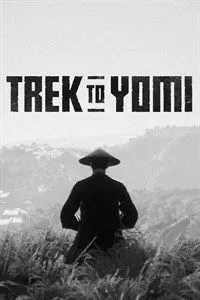 |
Trek to Yomi5 May 2022PC PS4 PS5 Xbox One Xbox Series S & X |
This article may contain affiliate links, meaning we could earn a small commission if you click-through and make a purchase. Stevivor is an independent outlet and our journalism is in no way influenced by any advertiser or commercial initiative.


